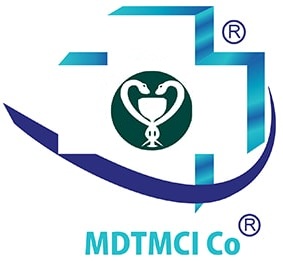
The Effectiveness of Behavior Modification Techniques Used in Hand Health Interventions Targeting Older Children - A Systematic Review
Promoting good hand hygiene in older children is an important measure to reduce the burden of common diseases such as diarrhoea and acute respiratory infections. The evidence around what works to change this behaviour, however, is unclear. Objectives: To aid future intervention design and effective use of resources, this review aims to identify the in dividual components used in hand hygiene interventions and assesses their contribution to intended behavioural change. Methods: We systematically searched seven databases for experimental studies evaluating hand hygiene in terventions targeting children (age 5–12) and quantitively reporting hand hygiene behaviour. Interventions in each study were categorised as 'promising', or 'non-promising according to whether they led to a positive change in the targeted behaviour.
Lancet Commission on Water, Health and Wellness
In 2010, access to water and sanitation was recognised for public goods from the state to the individual. as a human right and, in 2015, an ambitious Sustainable Such interventions often demand a large investment Development Goal (SDG) of achieving universal access of time and financial resources from those least able to safely managed water, sanitation, and hygiene to bear the costs, and underestimate or overlook (WASH) services by 2030 was agreed. Half a decade the structural challenges faced by people living in later, SDG 6 is off-track, and the COVID-19 pandemic poverty.




